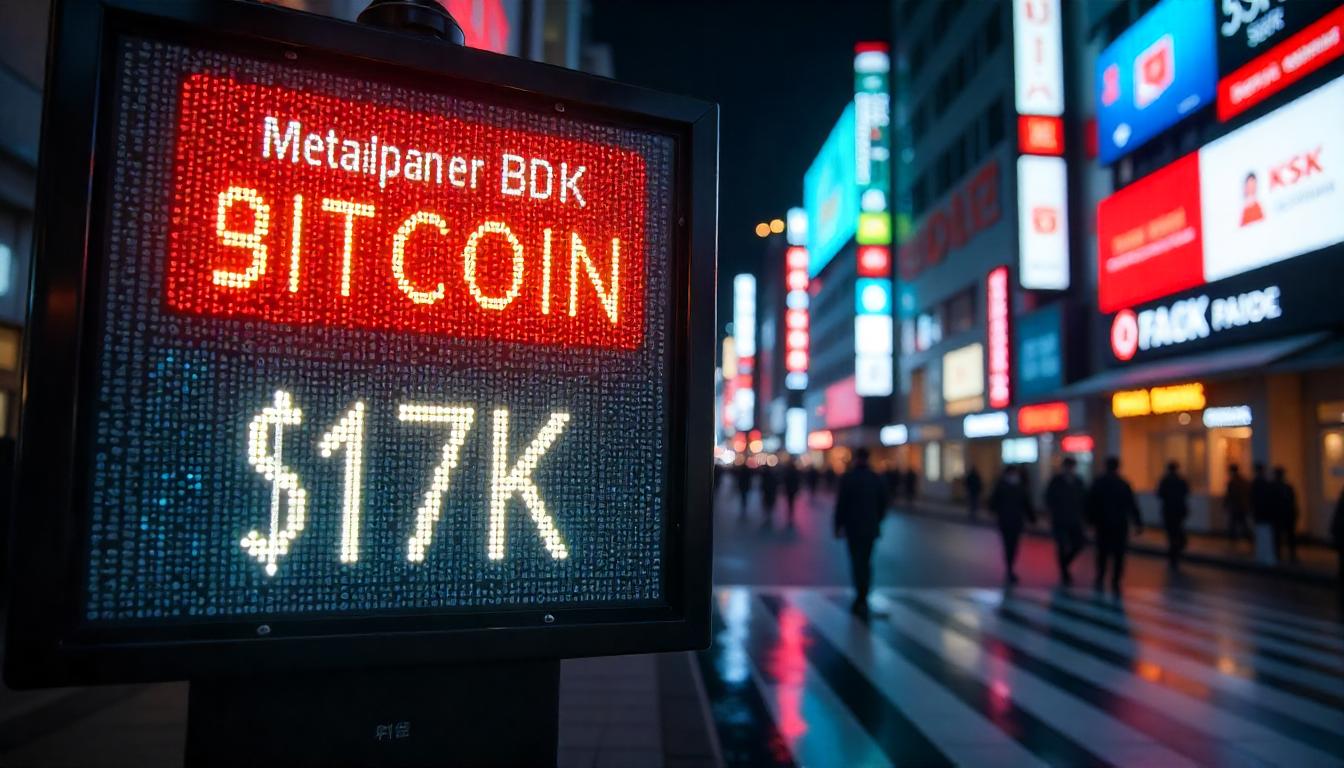Bitcoin’s Rising Hash Rate Contrasts with Low Transaction Activity, Raising Concerns for the Network’s Sustainability
Despite Bitcoin’s hash rate hitting new records, concerns are mounting about the network’s long-term health as transaction activity stagnates.
The computational power securing the Bitcoin network has surged recently, with the hash rate reaching an all-time high of 838 exahashes per second (EH/s) on a 14-day moving average. On a shorter 24-hour scale, the network briefly peaked at 974 EH/s, the second-highest ever recorded, according to data from Glassnode. However, these numbers don’t fully capture the wider issues facing Bitcoin, as short-term spikes often don’t reflect sustained trends.
The network’s difficulty is set to rise by more than 3% in the next two days, marking a new peak as miners face increasing challenges. Despite the higher computational effort, Bitcoin’s price has remained around 25% below its all-time highs, raising questions about profitability for miners who rely on both the Bitcoin price and transaction fees to cover costs.
At present, miners’ income is primarily derived from two sources: the block reward (3.125 BTC per block in the current mining epoch) and transaction fees. However, transaction fees have plummeted to an average of only 4 BTC daily, roughly equating to just $377,634. As Bitcoin’s block reward continues to halve every four years, the need for higher transaction volume and fees will become even more critical for maintaining miner incentives.
On top of that, a worrying trend has emerged with nearly empty blocks. Developer Mononaut from Mempool pointed out that Foundry USA Pool recently mined the emptiest “non-empty” block in over two years, which contained just seven transactions. Such occurrences suggest that while the Bitcoin network’s hash rate is growing, its actual transaction volume and real-world usage are not keeping pace.
Bitcoin advocate Nicolas Gregory, creator of the Mercury Layer and former Nasdaq Board Director, warned that if this trend continues, Bitcoin could face serious challenges.
“The empty blocks are a red flag,” Gregory commented on X. “Bitcoin needs to be more than just a store of value narrative. It must be adopted for real-world transactions to ensure its survival. Without a robust and active network, Bitcoin may struggle to maintain its current trajectory.”
The rise in hash rate could signal healthy network growth, but Bitcoin’s long-term success now hinges on whether it can transition beyond speculation and into practical, everyday use.





